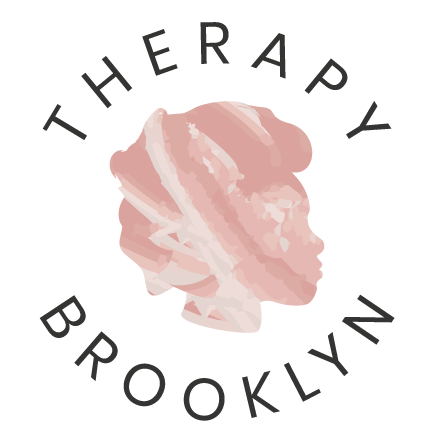The Mind Body Connection: An Exploration of Stress and The HPA Axis in People of Color
“Reduce your stress level” is something most people will hear from a doctor at some point in time, perhaps when facing a significant life transition or after being diagnosed with a stress induced illness. Why is it important to reduce stress? Stress is not only unpleasant but it can be life threatening and it’s easy to be unaware of the effects of long-term stress until it becomes a matter of chronic pain and illness.
Studies show that people of color in America face significantly disproportionate levels of stress compared to their white counterparts and that women of Hispanic, Native American and African descent face a higher probability of being exposed to stress related illnesses than white women. This is where the HPA Axis comes in.
The HPA Axis, which is located above the brainstem, stands for Hypothalamic Pituitary Adrenal Axis and it serves as the body’s stress regulation and stress processing command center. The HPA Axis signals the endocrine system to produce key hormones that help our bodies handle and react to stressors, such as oxytocin (the love/bonding hormone), vasopressin (sodium and water balance hormone), TSH (metabolism and energy level hormone), ACTH (Adrenocorticotropic) and Cortisol which regulate the body’s responses to stress.
What happens when one becomes overly stressed for extensive periods of time? Well, the possibilities are…endless.
Over exposure to stress can cause our adrenal glands to overproduce cortisol, which can result in overproduction of glucose in the blood, causing obesity and diabetes, and even issues with sleep.
HPA Axis dysfunction can influence and exacerbate the development of mood disorders such as Major Depression and Bipolar Disorder in addition to anxiety and Post Traumatic Stress Disorder.
After prolonged periods of time, immunosuppression can occur leading to frequent contraction of viruses such as the cold and flu, chronic pain conditions such as Fibromyalgia (ME/CFS) and rheumatoid arthritis and autoimmune diseases such as lupus (SLE) Crohn’s disease and chronic ulcers.
It’s clear that stress can wreak havoc on the body and make us more susceptible to long-term illness, even after the original stressors dissipate. The good news is that HPA Axis disorders can be treated…and prevented.
The role of movement and nutrition are tantamount in both preventing HPA dysregulation and treating it.
Some key exercises that help soothe the body and release stress are low impact workouts such as Yoga, Pilates and walking.
Some key vitamins that improve our brain functioning and reduce stress levels are
Omega 3 Fatty Acid (found in salmon)
Zinc (for immune support)
Vitamin C (found in citrus fruit which supports the adrenal glands)
Vitamin B Spectrum (support a healthy metabolism)
In cases that have progressed into illness, HPA dysfunction can be treated through pharmacological interventions such as prescribed antidepressants and low dose prednisone for the regulation of cortisol. Many antidepressants serve purposes other than simply to minimize depressive episodes, such as preventing seizures, inhibiting appetite, combating brain fog and treating chronic pain and neuropathy.
Practical Application in Therapy:
As a participant in therapy or someone who is considering requesting the help of a therapist for the mental health, there are a few key things to know:
Emotions and traumatic experiences are stored in the body, which means that they can affect our physical health
Body awareness is imperative, as each body sends signals of illness and dysregulation to its owner. It’s important to learn what your body is trying to teach you about itself.
If you aren’t sure where to start, body work is something you can request to do in treatment with your therapist.
Here’s wishing you regulation, tolerance and resilience on your healing journey.
